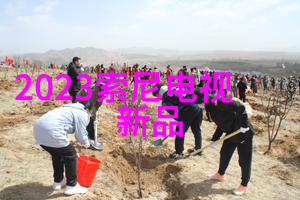工业余热利用在建筑防腐中的实践案例
引言

随着全球对可持续发展的追求,建筑领域越来越注重资源的节约和环境保护。工业余热是指在工业生产过程中产生但未被利用的热能,这种能源效率很高且成本低廉,对于改善建筑耐久性、延长使用寿命具有重要意义。在此背景下,结合建筑防腐工程与工业余热利用,是推动现代城市建设向绿色方向发展的一个有力手段。
建筑防腐工程概述

建筑防腐工程是指为了提高结构物耐久性、延长其服务寿命而采取的一系列技术措施。它包括了材料选择、施工工艺、维护管理等多个方面,以确保结构安全稳定,同时降低后期维修和翻新成本。这项工程对于保障公共设施如桥梁、高楼大厦以及其他重要基础设施的正常运作至关重要。
工业余热的特点与优势

节能减排: 工业余热是一种既免费又无污染的能源源,它可以直接用于供暖或制冷系统,从而显著减少依赖化石燃料带来的温室气体排放。

高效利用: 对于一些行业来说,如钢铁制造、化学加工等,在生产过程中产生大量废水和废气,但这些废水和废气实际上也蕴含着一定量的能量。
经济性: 与传统能源相比,使用工业余热不仅可以节省资金,还能够通过回收再利用这一环节实现经济效益最大化。

实施案例分析
以某市知名商场为例,该商场采用了最新一代地暖系统,其核心是在地下层设计了一套复杂的地源能网系统。这个系统通过将周围地区的地面水分提取并加热,然后循环泵送到整个购物中心区域进行供暖。这种方式不仅有效地提升了商场内部温度,而且还极大地减少了对外部环境因素(如天气变化)的影响,使得冬季时期内环境更加舒适,同时降低了能源消耗。
此外,该商城还配备了一套先进的大型风电机组,用于将剩余空调制冷能力转换为电力,为整个购物中心提供必要电力支持。此举不仅解决了自身用电需求,还进一步促进了当地清洁能源消费比例提高。
结语
综上所述,结合Industrial waste heat utilization with architectural anticorrosion engineering has shown significant potential in reducing energy consumption, lowering environmental impact, and improving the overall efficiency of buildings while ensuring their structural integrity and durability. This approach is a promising solution for creating sustainable urban spaces that prioritize both economic viability and ecological responsibility.
Through innovative applications like geothermal heating systems and on-site renewable energy generation, we can create more resilient structures that not only withstand the test of time but also contribute to a greener future for generations to come.
In conclusion, as our cities continue to evolve and grow, it's essential that we adopt cutting-edge technologies like industrial waste heat utilization in conjunction with architectural anticorrosion engineering to build stronger foundations for our communities while preserving the health of our planet.






